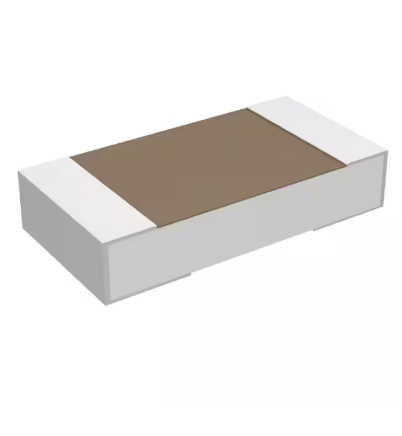Have you ever looked at a resistor and wondered what all those colored bands mean? If so, you're not alone. Understanding the color code for resistance can be a bit daunting at first, but once you crack the code, you'll be able to easily determine the value of a resistor with just a quick glance.
Resistors are essential components in electronic circuits, and their values are crucial for determining the flow of current and voltage within a circuit. The color bands on a resistor are used to represent its resistance value, tolerance, and sometimes even its temperature coefficient. In this blog, we'll delve into the world of resistors and learn how to decipher their color codes.
The most common type of resistor color code is the 4-band color code, which consists of four colored bands that are used to represent the resistance value, tolerance, and sometimes the temperature coefficient of the resistor. The first two bands represent the significant digits of the resistance value, the third band represents the multiplier, and the fourth band represents the tolerance.
For example, let's say you have a resistor with the color bands: yellow, violet, red, and gold. To decode this, you would use the following chart:
- Yellow: 4
- Violet: 7
- Red: 2 (multiplier of 100)
- Gold: ±5% tolerance
So, the resistance value of this resistor would be 47 x 100 = 4700 ohms with a tolerance of ±5%. Pretty neat, right?
In addition to the 4-band color code, there is also the 5-band color code, which includes an extra band to represent the temperature coefficient of the resistor. This is particularly useful in applications where the temperature stability of the resistor is critical.
Now, let's talk about the 3-band resistor color code. This type of color code is used for resistors with a lower tolerance and is simpler to decode. The first two bands represent the significant digits of the resistance value, and the third band represents the multiplier.

For example, if you have a resistor with the color bands: brown, black, and orange, you would use the following chart:
- Brown: 1
- Black: 0
- Orange: 1 (multiplier of 10^3)
So, the resistance value of this resistor would be 10 x 10^3 = 10,000 ohms. Easy, right?
Understanding the color code for resistance is essential for anyone working with electronic circuits. It allows you to quickly and accurately determine the value of a resistor, which is crucial for ensuring the proper functioning of a circuit.
In conclusion, the color bands on a resistor may seem like a mysterious code at first, but with a little practice and understanding of the color code charts, you'll be able to decode them with ease. Whether it's a 3-band, 4-band, or 5-band color code, each one serves as a key to unlocking the value of a resistor. So, the next time you come across a resistor, take a moment to decode its color bands and unveil its hidden value.
